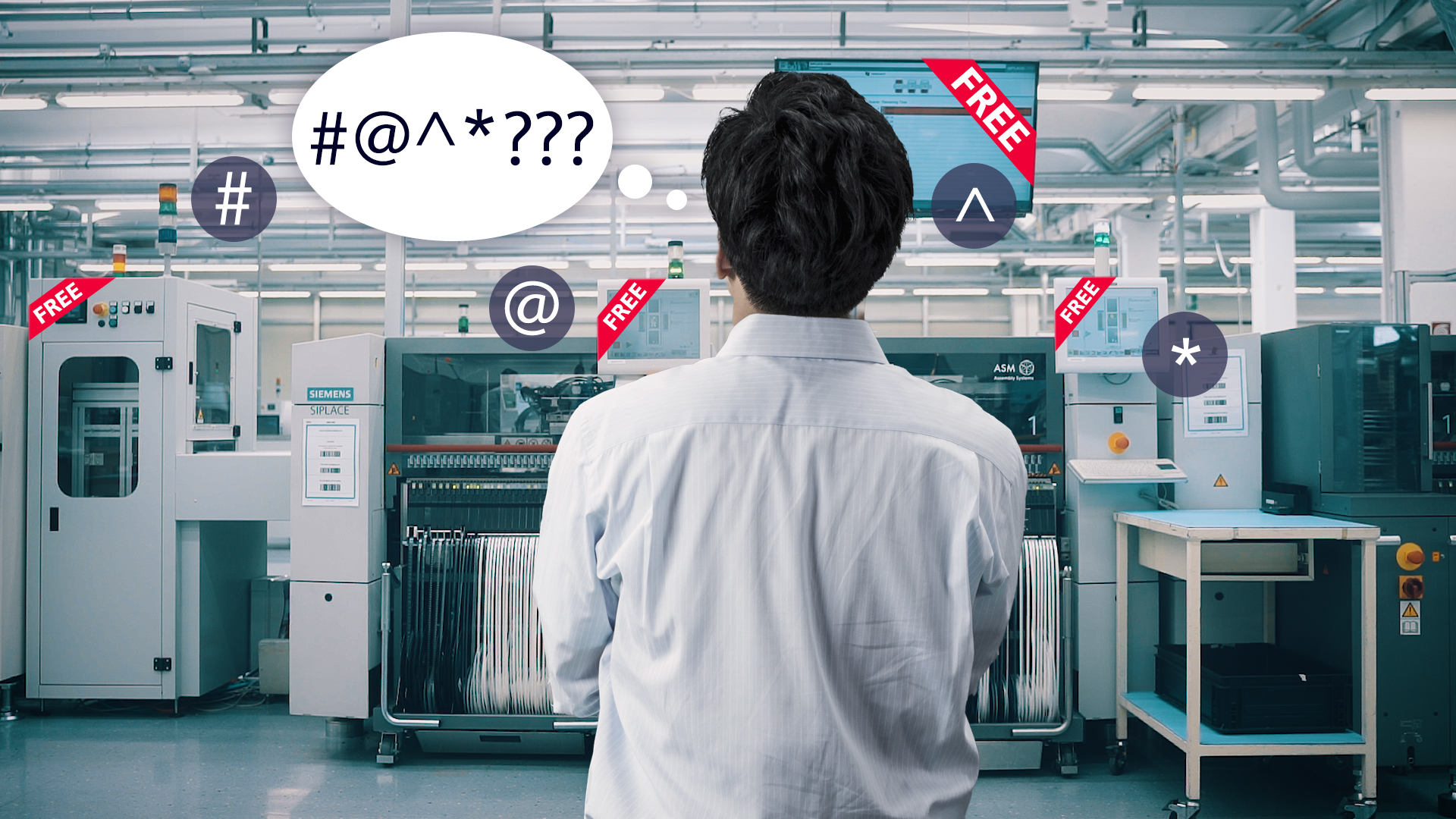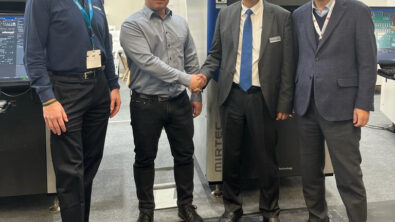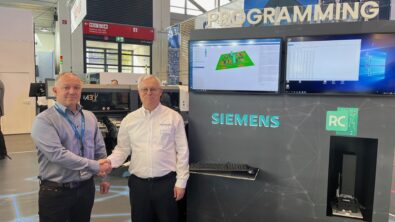How expensive is your free software?

Blog #6 in a 12-part series covering the Digital Twin Best Practices in Electronics Manufacturing mini-webinar series by Jay Gorajia
In the electronics manufacturing space, machine-specific software is often supplied free of charge. But these “free” stencil, SPI, pick-and-place, test, and inspection software packages can lead to increased costs and reduced profitability, due to:
- Duplication of effort, as process engineers may need to manipulate the same input data using different, machine-specific programs, often producing different results.
- Data inconsistencies that result from using different part and package libraries – even when running different generations of software from the same vendor.
- Lack of interfaces to other machines – especially if they are supplied by a different vendor.
What’s missing here is a single point of truth – as the lack of integration between free software packages causes data consistency and reliability problems.
What if a complete PCB design could be described using a single container for all common data, regardless of the machines and outputs we need to support? We would be able to establish a single point of truth that all process collateral can be created from.
What if we could use a single application to manage all PCB assembly collateral? It would allow us to accelerate NPI schedules, as we eliminate redundant steps and increase efficiency through automation, and the use of learning libraries and templates.
In the sixth session of our series of 12 mini-webinars on Implementing “Digital Twin” Best Practices From Design Through Manufacturing we discuss how to achieve unified processing of source design data in order to establish a “single point of truth”.
Main takeaways from the webinar session:
- How Valor® Process Preparation uses a digital-twin methodology to establish of a complete, validated ”single point of truth”.
- How this methodology helps organizations reach a level of data accuracy and consistency that would be impossible to achieve using free software.
- How crucial tasks, such as documentation, stencil, SMT, inspection, and testing activities can be automatically built upon this solid base.


